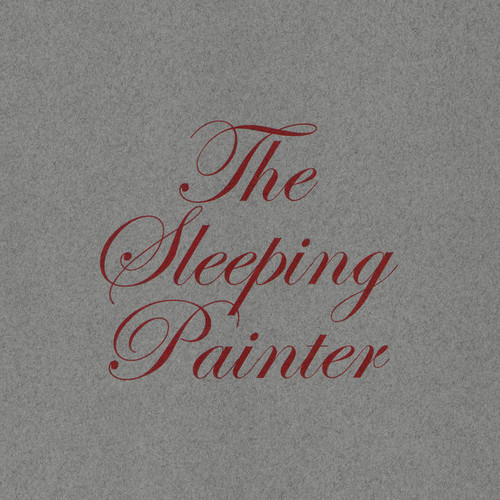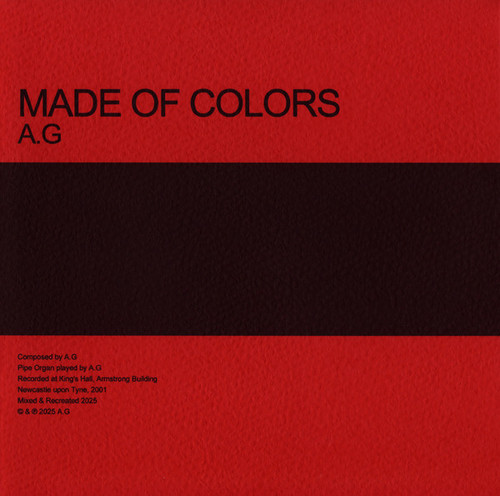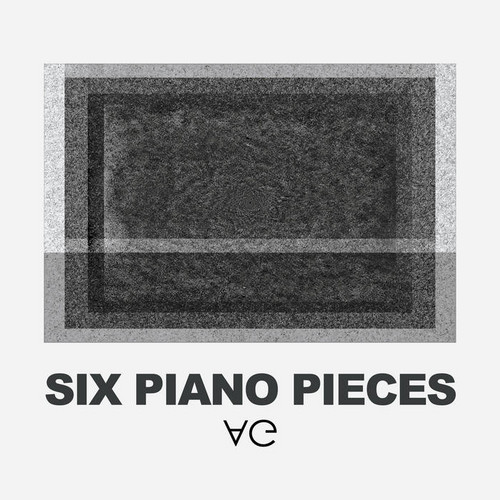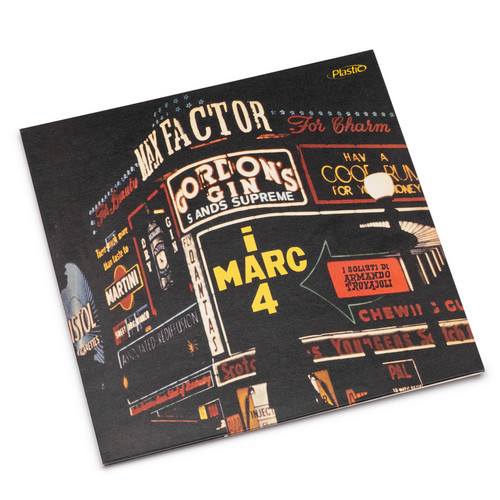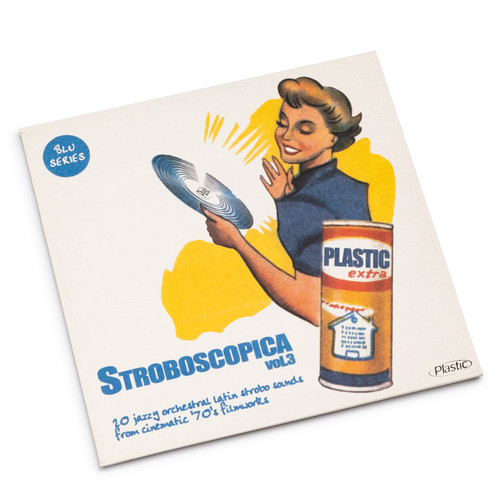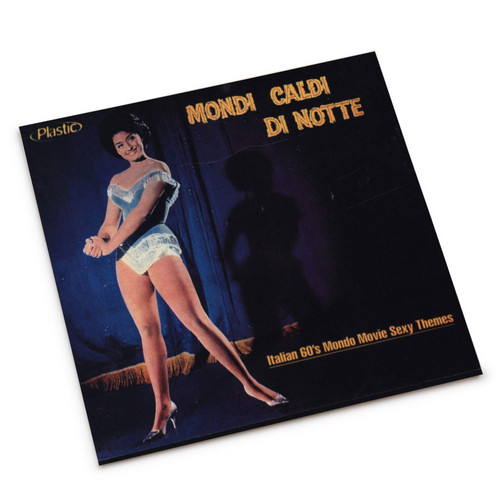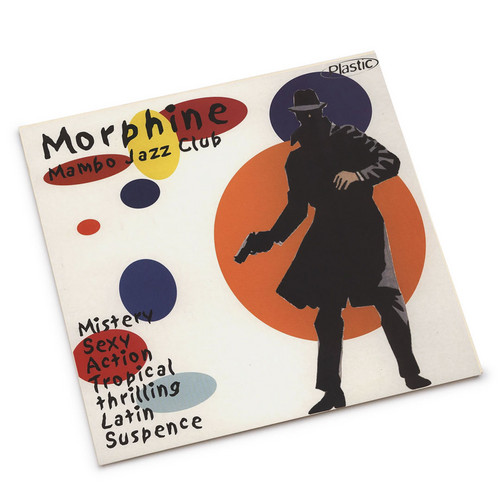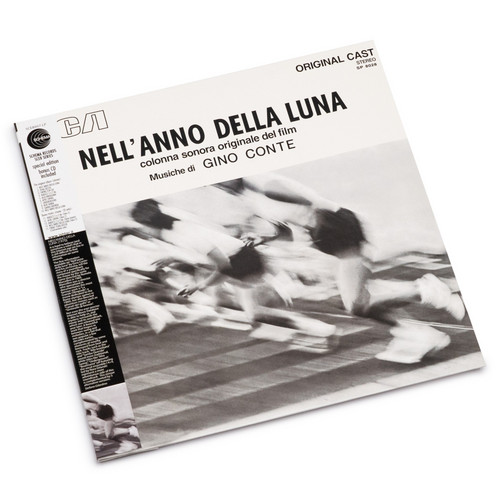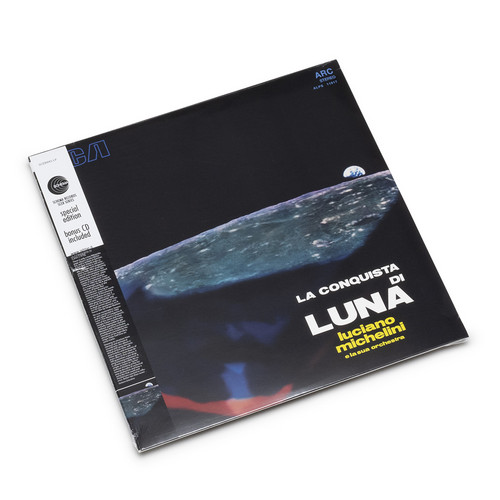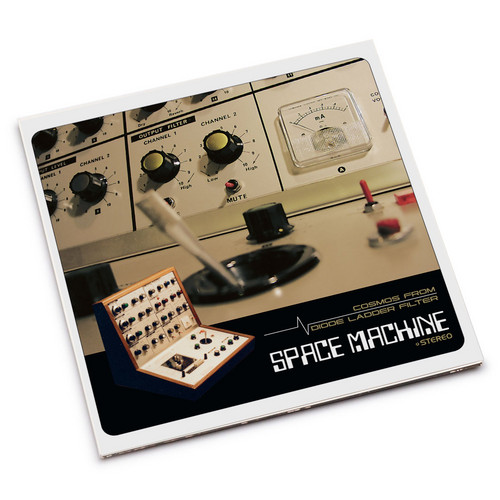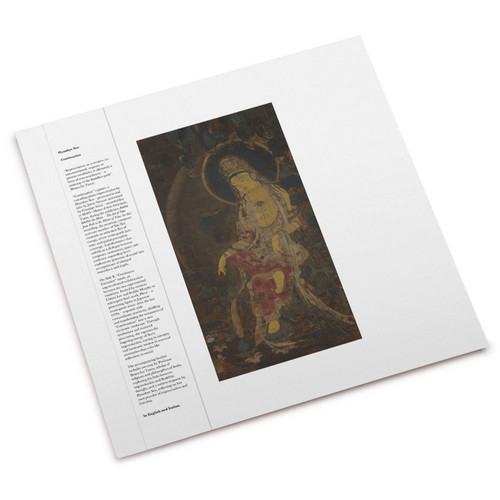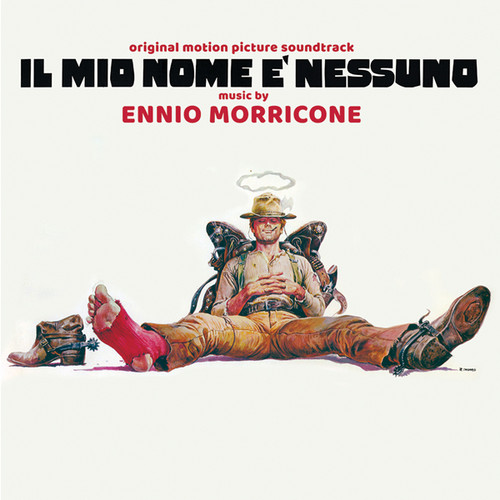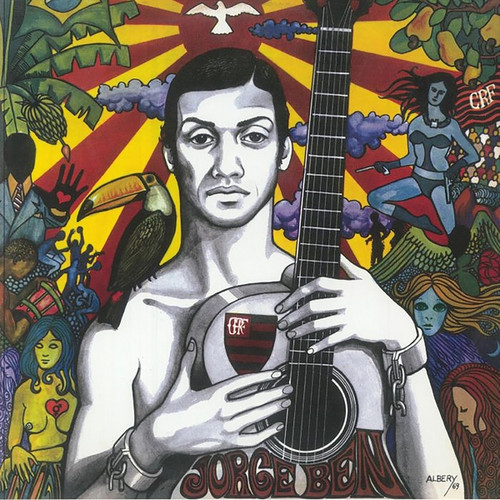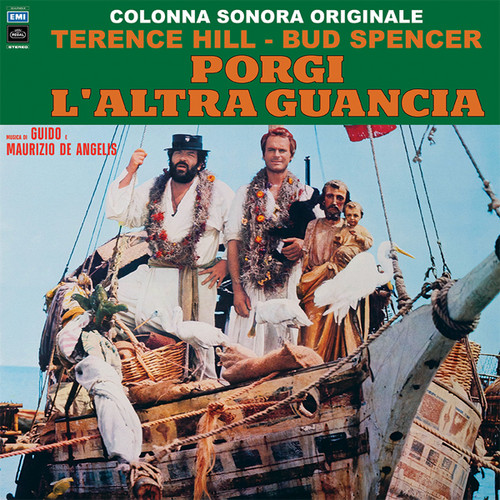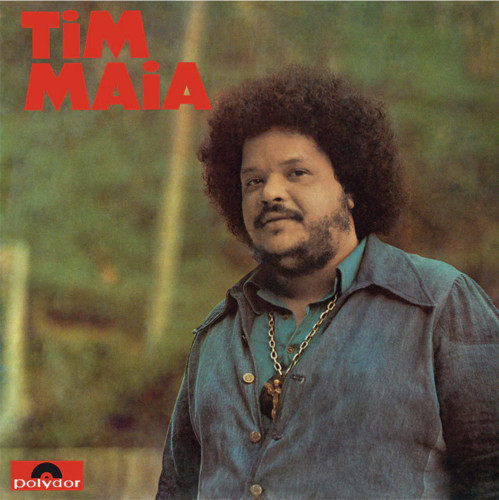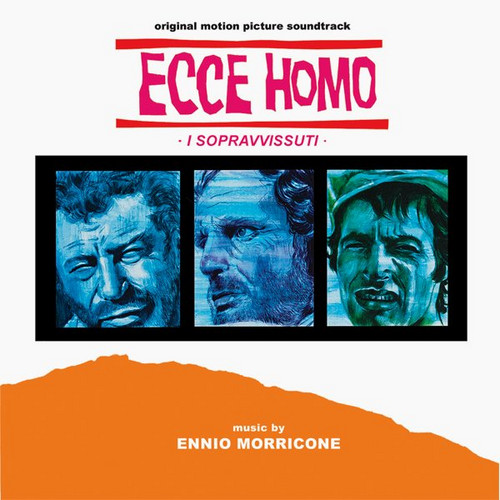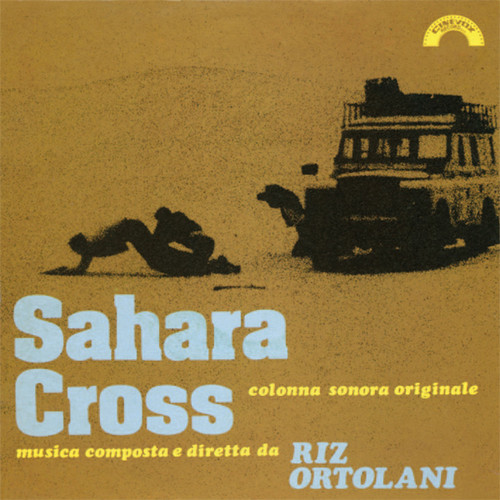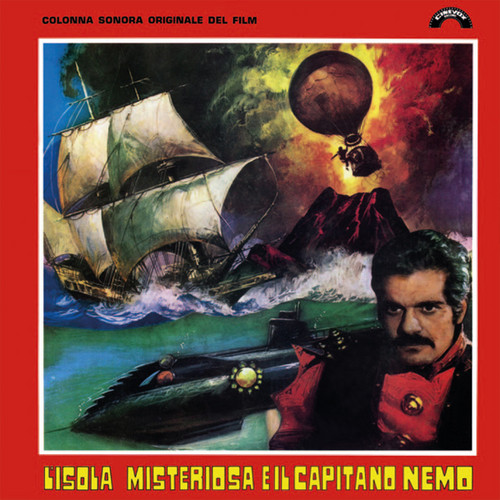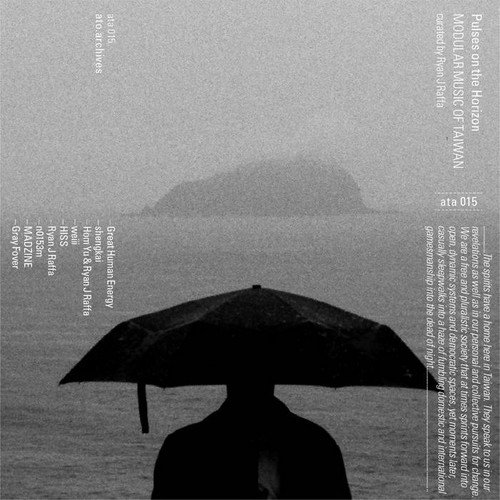New Arrivals
The Sleeping Painter
*2025 stock. Comes with a Handmade 32-Page Art Booklet* A.G. returns with The Sleeping Painter, a richly textured soundscape. This latest album continues to push the boundaries of ambient and contemporary music, blending ethereal piano motifs with immersive sonic layers to create a deeply contemplative listening experience.
The Sleeping Painter invites listeners on an introspective journey, where delicate melodies intertwine with subtle field recordings and intricate synth work. Each track evolv…
Made Of Colors
A.G unveils Made Of Colors, a vibrant and captivating new album. This collection of tracks invites listeners on a journey through rich sonic landscapes, blending evocative melodies with dynamic production that showcases A.G’s unique artistic vision.
Made Of Colors explores themes of emotion, identity, and transformation through a kaleidoscope of sounds—each song painted with intricate textures and thoughtful lyrics. The album highlights A.G’s skillful musicianship and creative depth, offering a …
Six Piano Pieces
Contemporary composer and pianist A.G. returns with Six Piano Pieces, a captivating collection of minimalist piano compositions released on the esteemed Anika label. This album invites listeners into a serene and introspective world, where every note is carefully crafted to evoke emotion and thought.
Six Piano Pieces showcases A.G.’s masterful ability to blend simplicity with depth, delivering subtle yet profound musical narratives. Each track unfolds gently, drawing the audience into a meditati…
I Solisti Di Armando Trovajoli
Lucky Restock - Limited Quantities Please note: these are original copies that may show minor sleeve wear due to long-term storage. The vinyl is in excellent condition. Circa 1950, four musicians orbiting the RAI orchestra in Rome had what they later described as "a brilliant idea": to name their group using the initials of their own names. From Maurizio Majorana (bass), Antonello Vannucchi (Hammond organ and piano), Roberto Podio (drums and percussion), and Carlo Pes (guitar) emerged "I Marc 4…
Stroboscopica Vol. 3
Lucky Restock - Limited Quantities Please note: these are original copies that may show minor sleeve wear due to long-term storage. The vinyl is in excellent condition. The Hammond organ holds a chord. The drummer waits. And then - a groove so immediate, so perfectly constructed, that it feels like it has always existed, just waiting to be discovered. This is the paradox of Italian library music: composed for anonymity, destined for something greater.
Twenty tracks from the shadow zone of Italia…
Mondi Caldi Di Notte
Lucky Restock - Limited Quantities Please note: these are original copies that may show minor sleeve wear due to long-term storage. The vinyl is in excellent condition. Before the psychedelic freakout, before the heavy riffs of Distortions, there was the sweat and shimmer of European nightlife - and Armando Sciascia was its house composer. Mondi Caldi Di Notte gathers twenty-four tracks from the mondo sexy documentaries that Sciascia scored in the early 1960s, drawing from the archives of his ow…
Morphine Mambo Jazz Club
Lucky Restock - Limited Quantities. Please note: these are original copies that may show minor sleeve wear due to long-term storage. The vinyl is in excellent condition. What happens when you crack open the vaults of Britain's oldest music library and let the smoke drift in? Morphine Mambo Jazz Club answers that question with eighteen cuts of mid-century tension: music conceived in dimly-lit studios for purposes no one fully remembers, now resurrected as a document of a peculiarly British form o…
Nell'Anno della Luna
A deep mystery surrounds both the film Nell'anno della Luna and its beguiling 1970 soundtrack, a work that hovers somewhere between the elegant swing orchestrations of an earlier era and the more adventurous sonic territories being charted by Italian composers at the close of the 1960s. Even in our current age of instant information and exhaustive online databases, almost nothing is known about the movie itself. What remains is the music: ten tracks of remarkable sophistication and inventiveness…
La Conquista di Luna
In July 20, 1969, as Neil Armstrong stepped onto the lunar surface, an Italian pianist and composer named Luciano Michelini was completing work on one of the most extraordinary documents of that moment's cultural impact: La Conquista Di Luna, an imaginary soundtrack to humanity's greatest adventure. There was no film. There would never be a film. What Michelini created instead was something rarer and more enduring: a sonic fantasy of space exploration that captured the wonder, mystery, and optim…
Barrani
Corps Citoyen الجسد المواطن is a multidisciplinary artistic collective based between Tunis and Milan, working at the intersection of sound, language, and public space. Their practice crosses borders to generate new narratives of the present - promoting decolonized voices and reclaiming who has the right to speak in the public sphere.
Barrani is their debut release, the recorded version of the acclaimed performance of the same name. In Tunisian Arabic, barrani means "the outsider" - literally, "t…
Space Tuning Box (3LP Box)
* Triple LP, edition of 82 numbered copies. * Yamazaki Maso began home recording in 1987, adopting the name Masonna for his solo noise experiments and founding the independent label Coquette, through which he issued several cassette releases. His debut LP and CD appeared on Kyoto's Vanilla Records in 1989-90, soon followed by ultra-limited 7-inch acetates, a split LP with Violent Onsen Geisha, and numerous compilation appearances. Drawing on hard rock, death metal, hardcore punk, grindcore, and …
Continuation
A cascading piano improvisation by Xiu Xiu's Hyunhye Seo, recorded live during a Nam June Paik exhibition in Turin. On Side B, Japanese avant-garde pioneer Phew reinterprets Seo's performance into a new electronic landscape. Music as surrender, dialogue between performer, space and the present moment.
Il Mio Nome è Nessuno
Beat Records is pleased to reissue on CD the Ennio Morricone score for the cult western "My name is nobody" directed in 1973 by Tonino Valerii, starring Terence Hill, Henry Fonda, Leo Gordon, Jean Martin, Geoffrey Lewis, Piero Lulli , Benito Stefanelli, RG Armstrong, Alexander Allerson, Franco Angrisano, Mario Brega, Marc Mazza, Remus Peets, Antoine Saint John. Ennio Morricone composed one of the most loved scores from his fans around the world using elements typical of his genius such as the wh…
Jorge Ben 1969
Jorge Ben is someone who needs no introduction. Since his first hits in the early 60s, this the greatest icons of the greatest icons of Brazilian pop music. His anthems 'Mais Que Nada' or 'Pais Tropical' are among two of the most ever listened Brazilian songs of all time. Ben's self-titled 1969 album is a true samba-soul masterpiece from one of Brazil's most creative voices. This isn't your typical late-'60s LP: Jorge Ben blends the hypnotic swing of samba with funk, psychedelia, and sun-soaked …
Porgi L'Altra Guancia
Beat Records is glad to present the original motion picture soundtrack of the movie Porgi L’Altra Guancia, one of the missing albums in the discography dedicated to the brother composers Guido & Maurizio De Angelis.
Directed in 1974 by Franco Rossi and interpreted by Bud Spencer and Terence Hill, it’s the story of two priests responsible of a South American mission, enjoying their daily routine and trying to withstand bullying Marquis Gonzaga. Epic brawls and plot twists full of adventures is t…
Tim Maia 1973
Tim Maia’s self-titled 1973 album is one of those records that hits you from the very first groove and doesn’t let go. Originally released on Polydor Brazil, this was the fourth in a series of Tim’s self-titled albums and many fans and critics still consider it the crown jewel. Packed with irresistible hooks, lush arrangements, and that unmistakable Tim Maia swagger, the album captures the singer at the peak of his creative powers. If you’re new to Tim Maia, here’s the quick story: born in Rio d…
Ecce Homo - I Sopravvissuti
For this CD, we used the stereo master tapes from the original sessions, and as a bonus track, we've included a lengthy mono suite assembled by Maestro Morricone himself for a promotional double vinyl release. The maestro composed a fascinating experimental score that draws on his studies and performances with the Gruppo di Improvvisazione Nuova Consonanza, founded by Goffredo Petrassi. Morricone perfectly captured the deceptively quiet atmosphere of a post-nuclear world, where survivors live in…
Sahara Cross
In 1977, Cinevox Record released a 45 rpm single (MDF 113) with the tracks ‘Sahara Cross’ and ‘Safari session’ chosen by the composer. It was not until 2003 that the soundtrack was released on CD in Japan (Volcano CPC8-1216). Now, Riz Ortolani's soundtrack appears for the first time on Italian CD. Maestro Ortolani composed an orchestral OST dominated by wild funky passages (Tr.1,3,10,22) alternating with lounge-style pieces (Tr.2,5,8) and suspenseful and mysterious orchestral passages that creat…
L’Isola Misteriosa e il Capitano Nemo
Gianni Ferrio wrote a symphonic score dominated by a romantic adagio-style main theme featuring the crystal-clear voice of Edda Dell'Orso. This captivating motif returns with orchestral variations alternating with dark, action-packed and adventurous passages. The soundtrack album was released in 1973 in Italy by Cinevox with 12 tracks and a running time of 37 minutes. In 1997, the first CD release appeared in Germany and included the album programme plus five minutes of unreleased music from the…
Pulses on the Horizon - Modular Music of Taiwan
Curated by Taiwan-based modular artist Ryan J Raffa, this compilation offers a vivid introduction to Taiwan’s thriving modular music scene.
